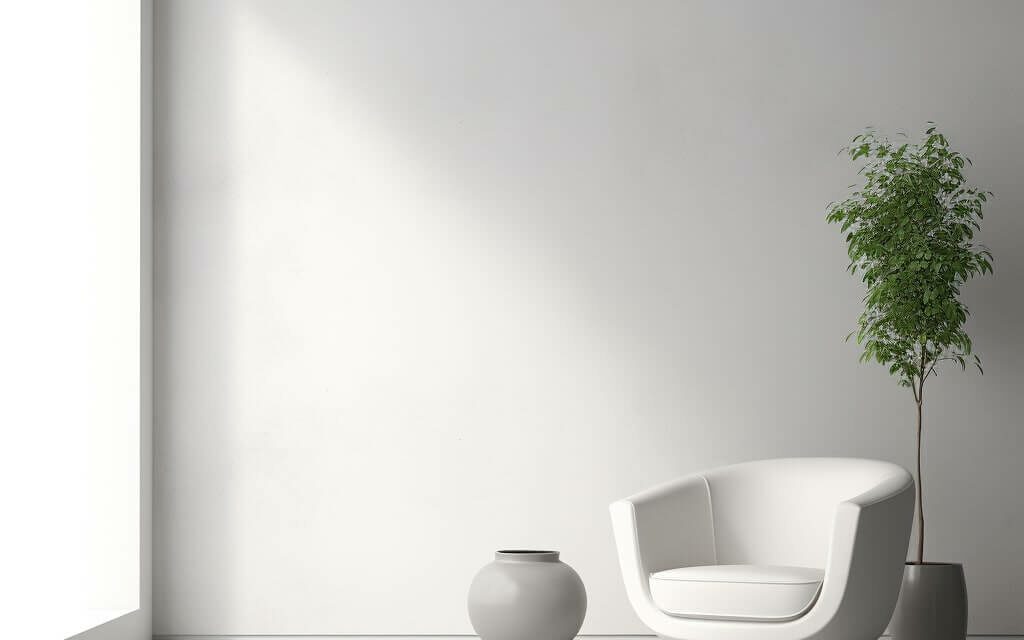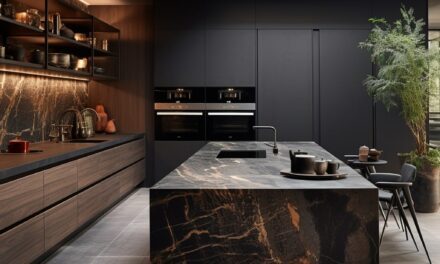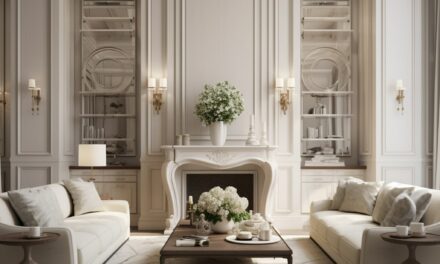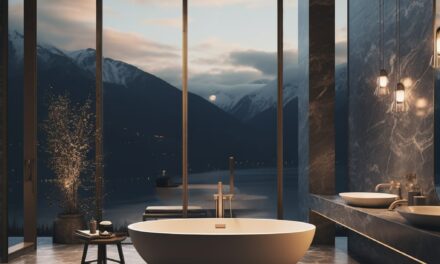What is Form in Interior Design?
‘Form’ refers to the physical shape and structure of objects within a space.
Interior design is far more than just decorating a space. It’s a comprehensive process that involves carefully considering and manipulating every detail in an environment to create a specific aesthetic and functional experience. One of the key elements interior designers work with is form.
It includes the visible contours, geometry, proportions, scale, and mass of furnishings, architectural features, and design components.
Some examples of form in interior design include:
- The silhouettes and profiles of furniture
- The layout of room dividers and wall partitions
- The shape and size of windows, mirrors, and wall decor
- The curves, edges, and dimensions of flooring and tilework
The forms present in an interior design establish crucial spatial relationships and influence how people interact with and move through the environment. Form impacts aesthetic perceptions, directs traffic flow, delineates functions, and creates an overall sensory experience.
In short, form describes the actual makeup of physical elements and how they occupy space. It produces visual weight, boundaries, and connections between components in the interior.
Manipulating form thoughtfully is essential for interior designers to compose a cohesive scene that aligns with the client’s brand identity and functional needs. The principles and elements of form provide a framework for structuring an appealing, efficient interior layout.
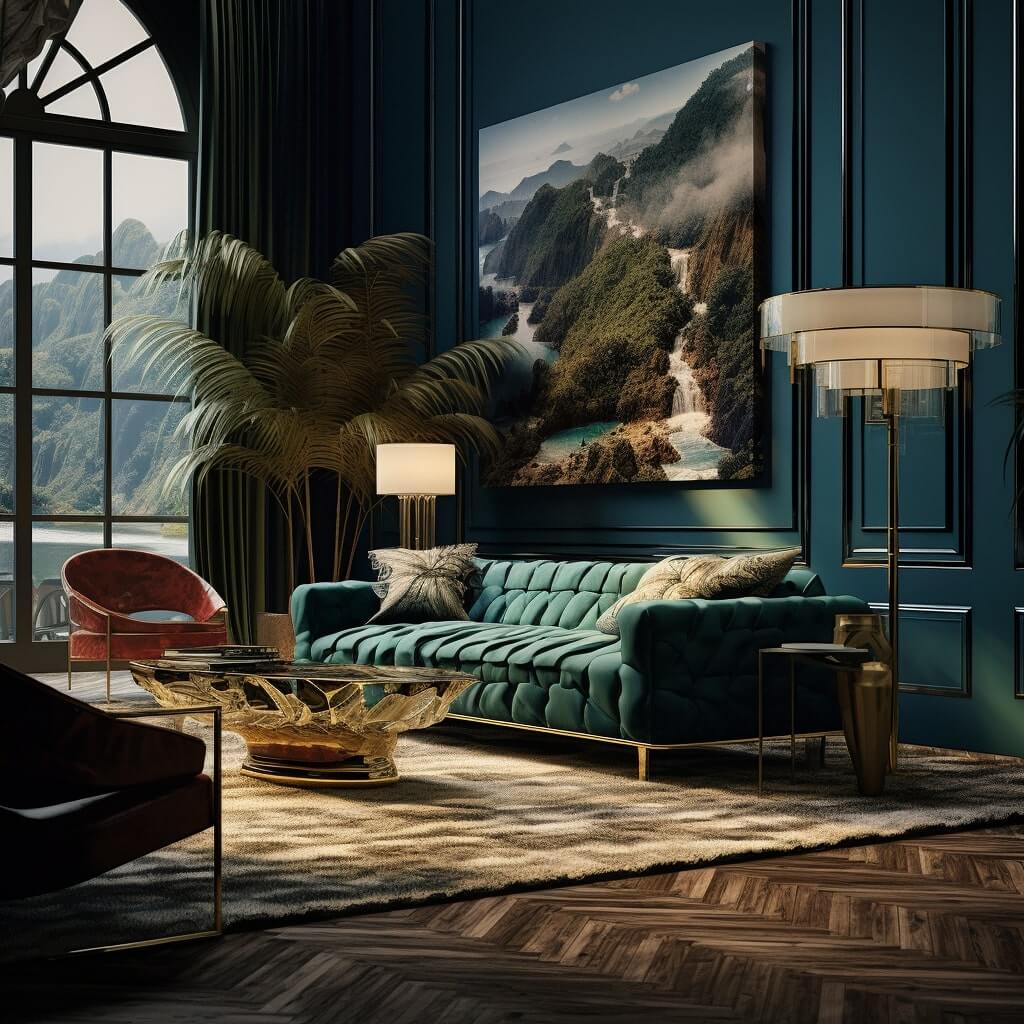
The Principles of Form in Interior Design
When designing with form, interior designers rely on a set of guiding principles to create cohesive, intentional spaces. These core principles establish a foundation for making thoughtful choices about the shapes in design, massing, and arrangements of elements.
Unity
Unity in design refers to a sense of visual cohesiveness and consistency between forms. This provides harmony rather than chaos in a design. Ways to create unified forms include:
- Repeating design motifs and geometric shapes
- Using even spacing and alignments between forms
- Limiting the variety of form styles and profiles
- Applying cohesive materials and finishes throughout
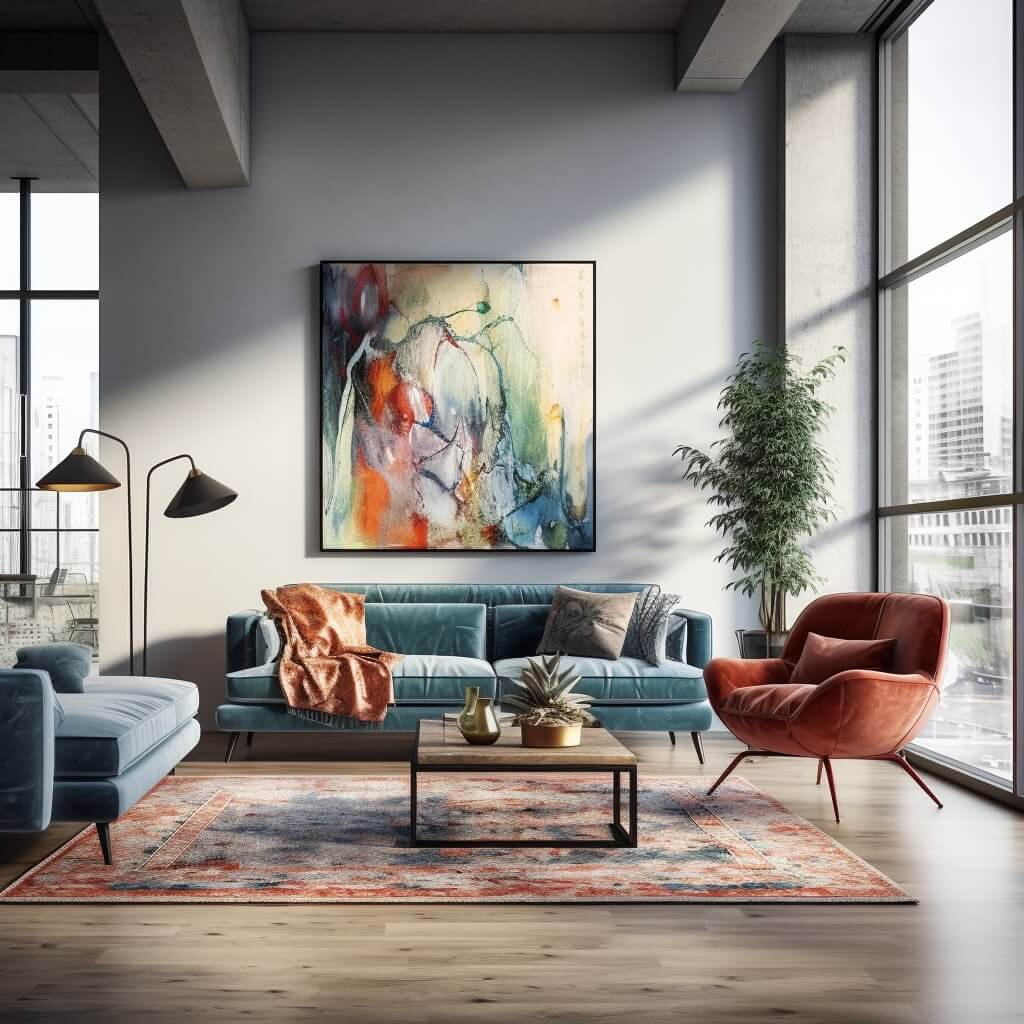

Balance
Balance aims to establish visual equilibrium between forms in a composition. Symmetrical and asymmetrical arrangements can both achieve balanced designs. Ways to balance forms include:
- Distributing weight and mass evenly
- Offsetting a large form with several smaller forms
- Using color, texture, and height to counterbalance forms
- Placing forms at intersecting angles to create balance
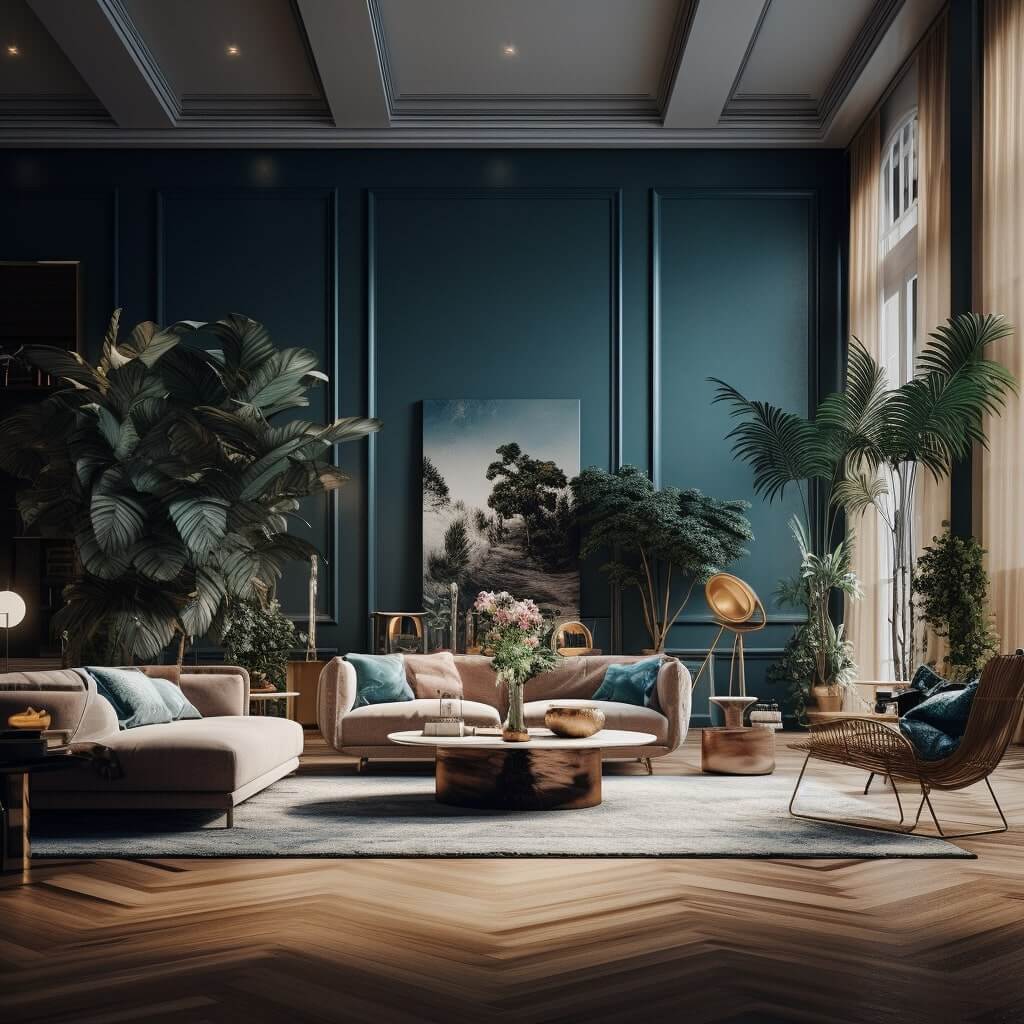

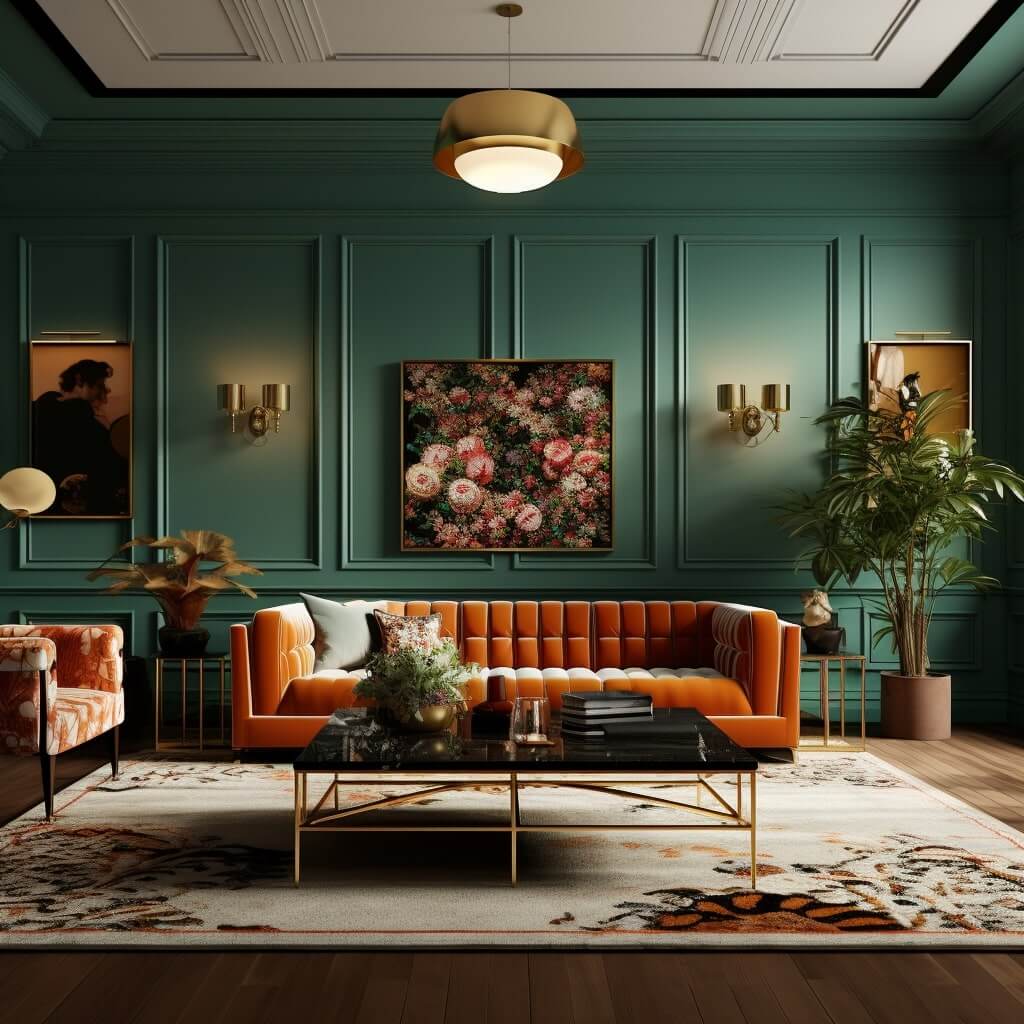

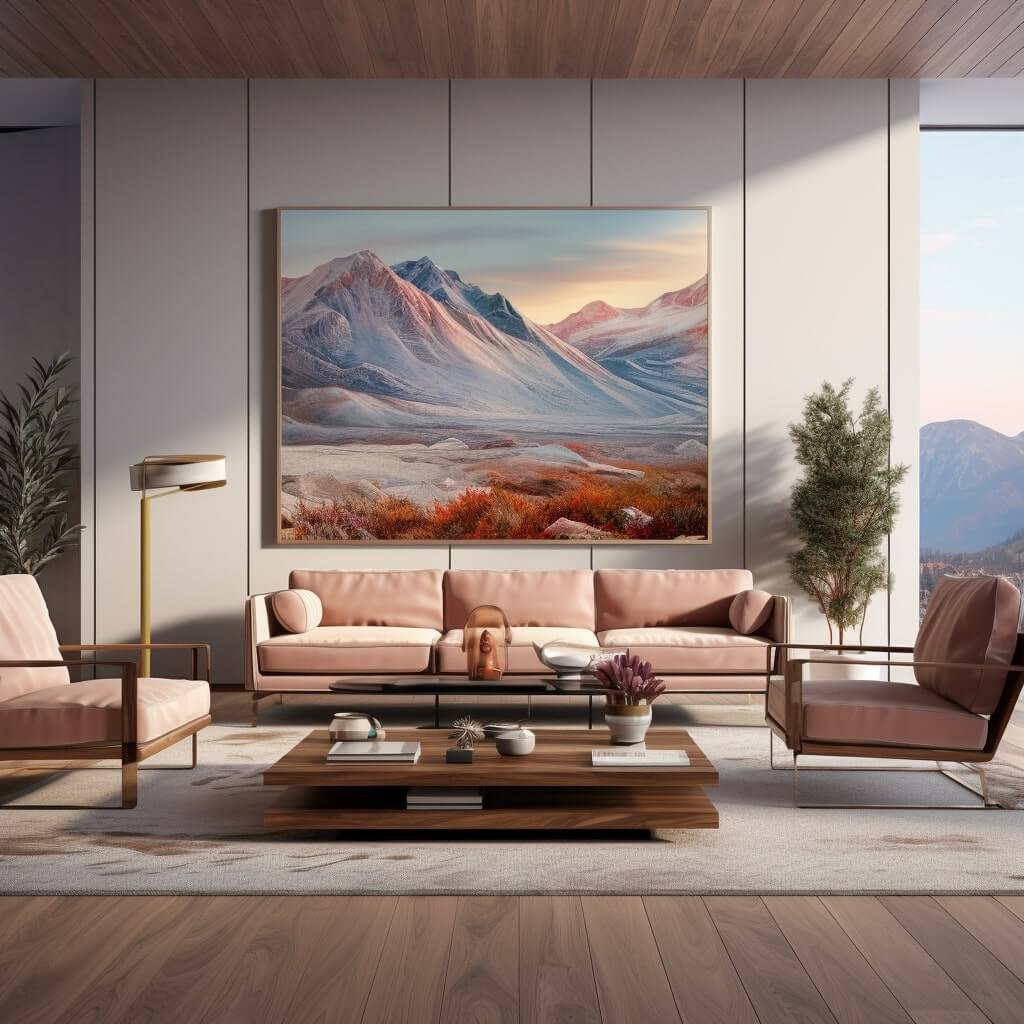

Emphasis
Emphasis directs attention towards important forms by creating contrast. This establishes visual hierarchy. Ways to emphasize key forms include:
- Using unique shapes and proportions
- Incorporating bold colors or materials
- Illuminating forms with strategic lighting
- Elevating forms off the floor or ground plane
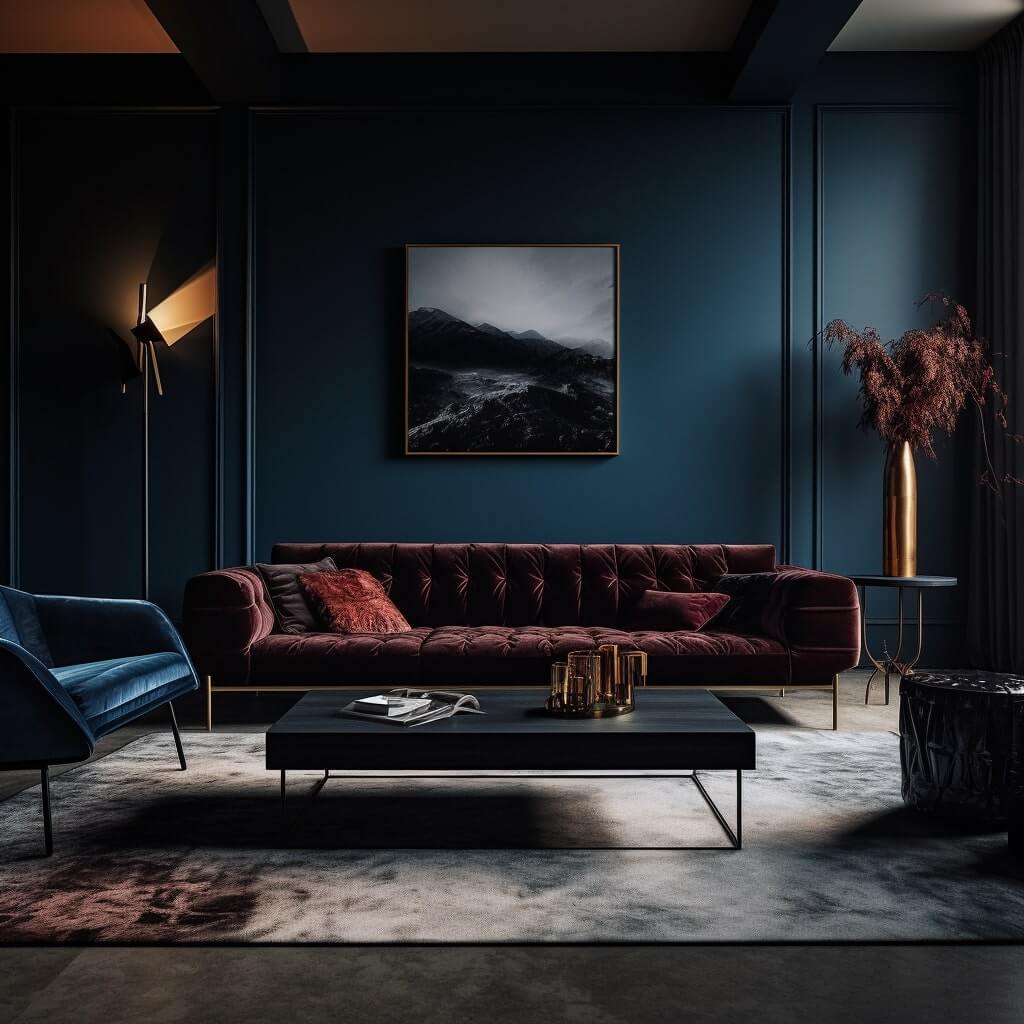

The Elements of Form in Interior Design
While principles guide the application of form, the elements are the specific ingredients interior designers manipulate to create desired shapes and structures. The core elements of form include line, shape, volume, texture, and color.
Line
Lines and edges define boundaries and contours to delineate form. Consider:
- Silhouettes and profiles of furnishings
- Borders between flooring materials
- Molding and trim outlines
- Patterns created by lighting fixtures
Shape
The 2D outline of forms create geometric or organic shapes. Examples include:
- Circular, square, rectangular furnishings
- Freeform partitions and wall dividers
- Oval and ring-shaped decor pieces
- Sinuous S- and C-curve furniture
Related design principle: What is gradation in interior design?
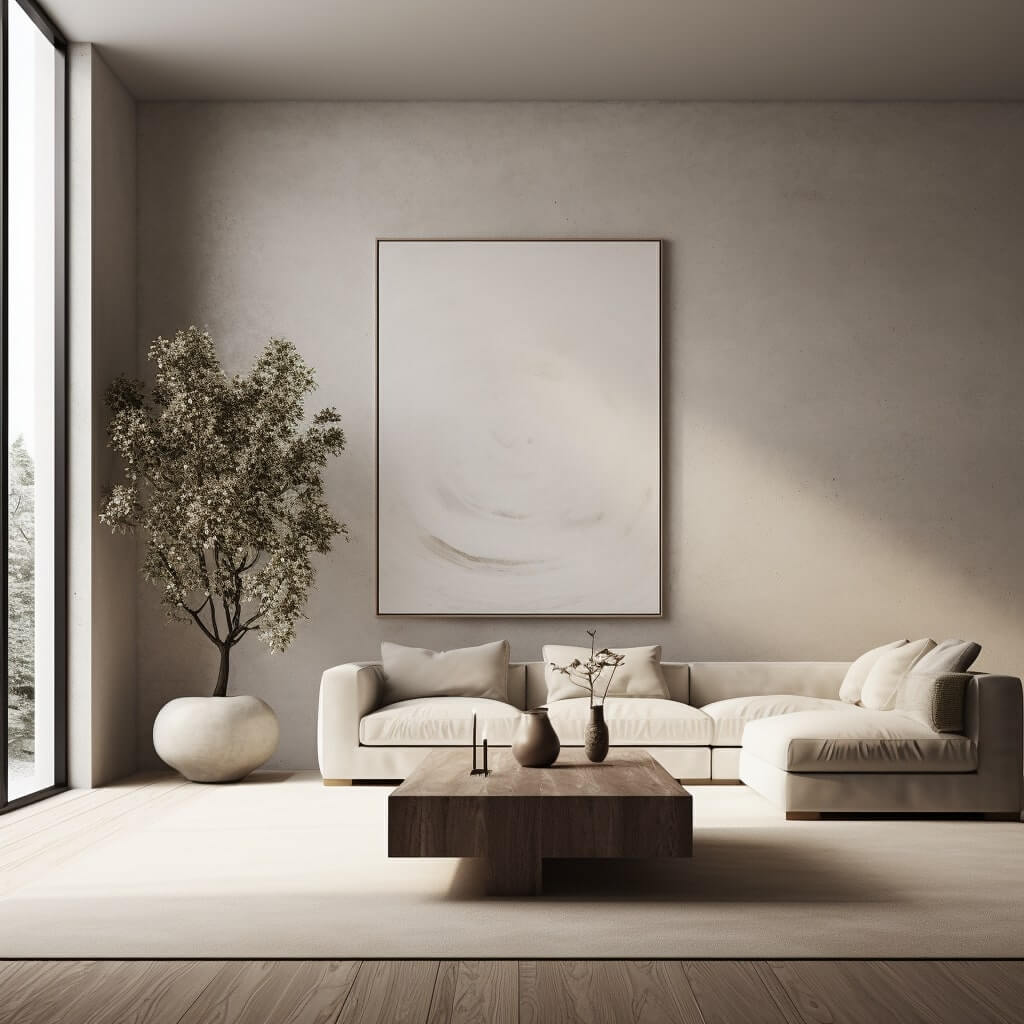

Volume
Volume refers to the 3D mass and space occupied by forms. Interior designers may manipulate:
- Cubic footage and dimensions of furnishings
- Cantilevers, platforms, and staggered shelving
- Convex and concave shaping of lighting, walls, etc.
Texture
Surface qualities like smoothness, roughness, patterns, etc. impact form perception. Textures that affect form include:
- Wood grain, fabric weaves, concrete pores
- Distressed patinas and glossy polishes
- Tufting, channeling, fluting on furnishings
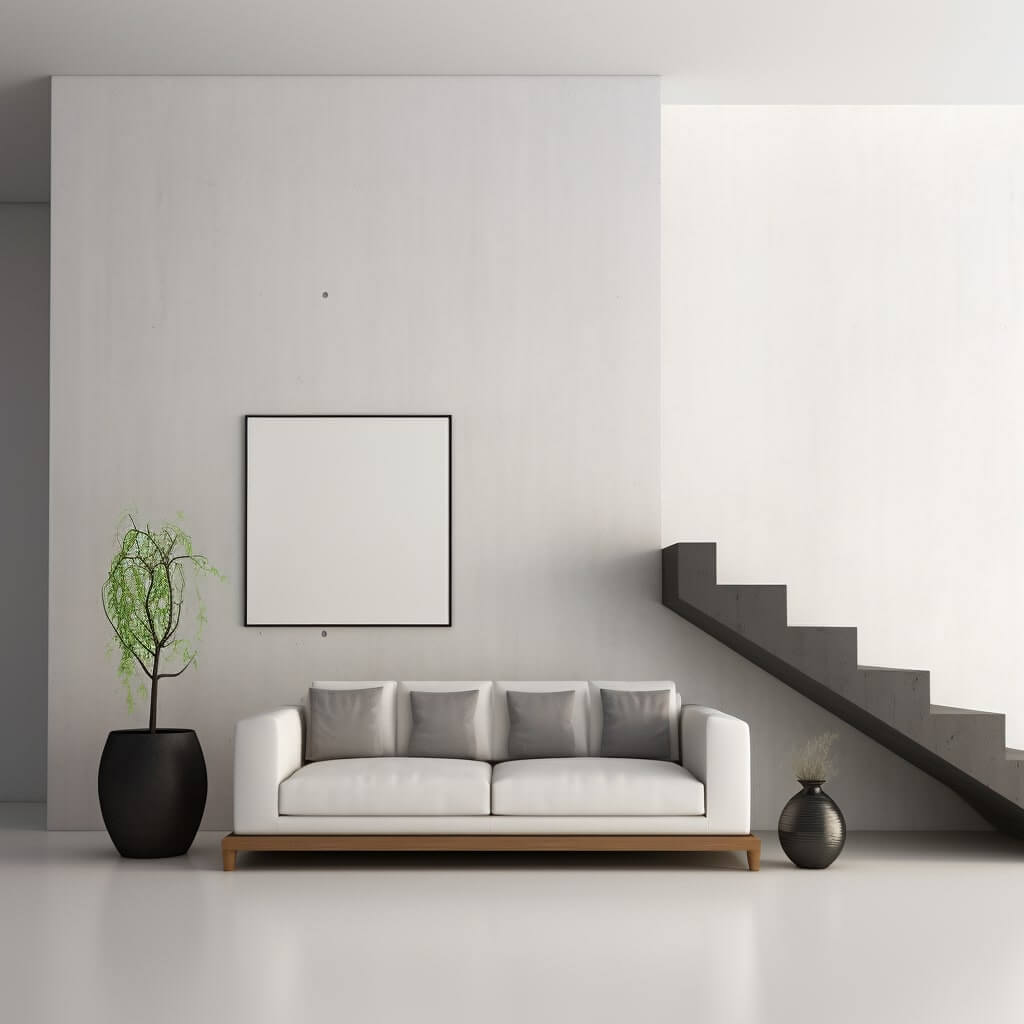

Color
Hue, saturation, and brightness influence form relationships. Colors can:
- Unite matching forms or differentiate contrasting forms
- Make forms recede or advance within a composition
- Add visual weight and mass to lighter forms
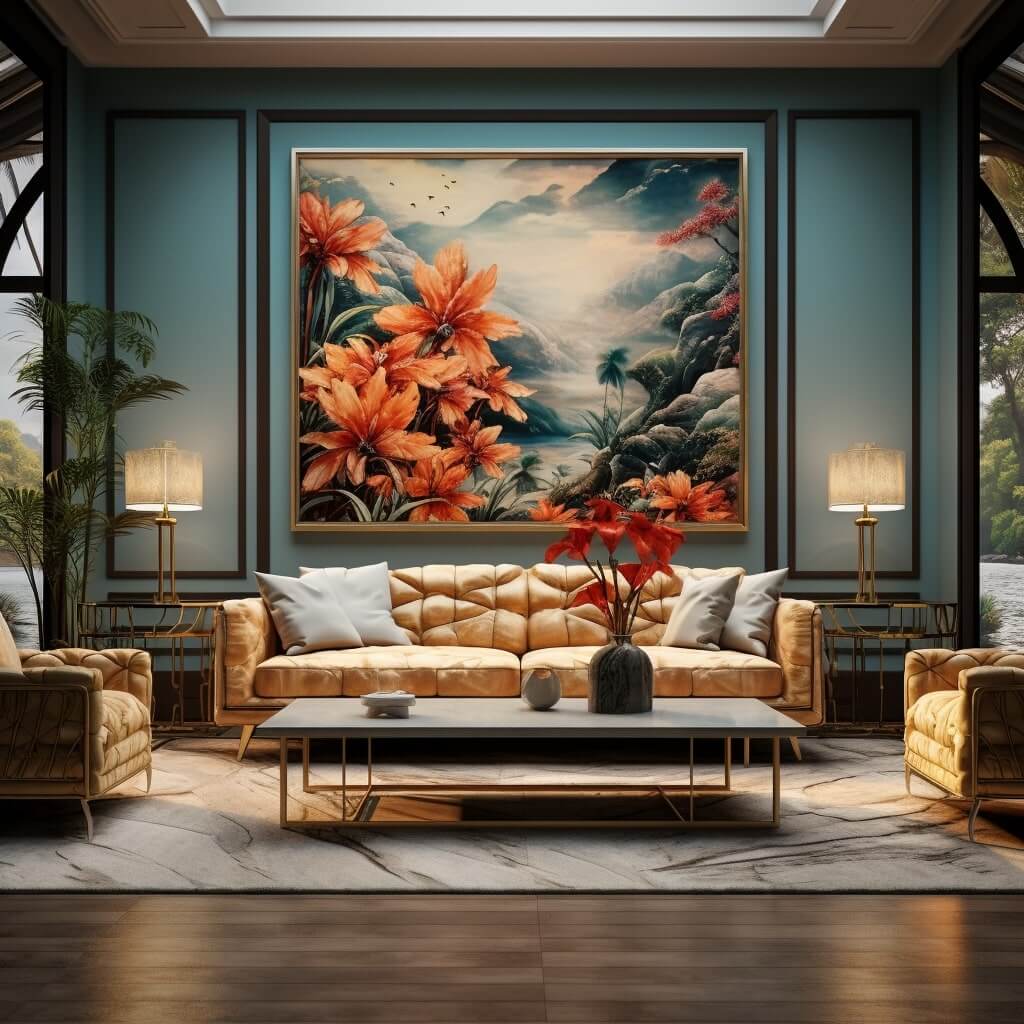

The Role of Form in Interior Design
Thoughtful use of form serves important functions in interior design. When leveraged intentionally, form can:
Create Visual Interest
Forms introduce aesthetically pleasing variety within a space. Unique shapes, bold textures, and eye-catching silhouettes grab attention. Strategic use makes spaces more dynamic and multi-dimensional.
Direct Traffic Flow
The placement and orientation of forms guides movement through a space. Forms can lead visitors on a curated pathway while also dividing and defining functional zones.
Influence Mood and Atmosphere
Forms elicit emotional and psychological responses. Soft, curved forms feel more organic and soothing while angular, jagged forms feel energetic.
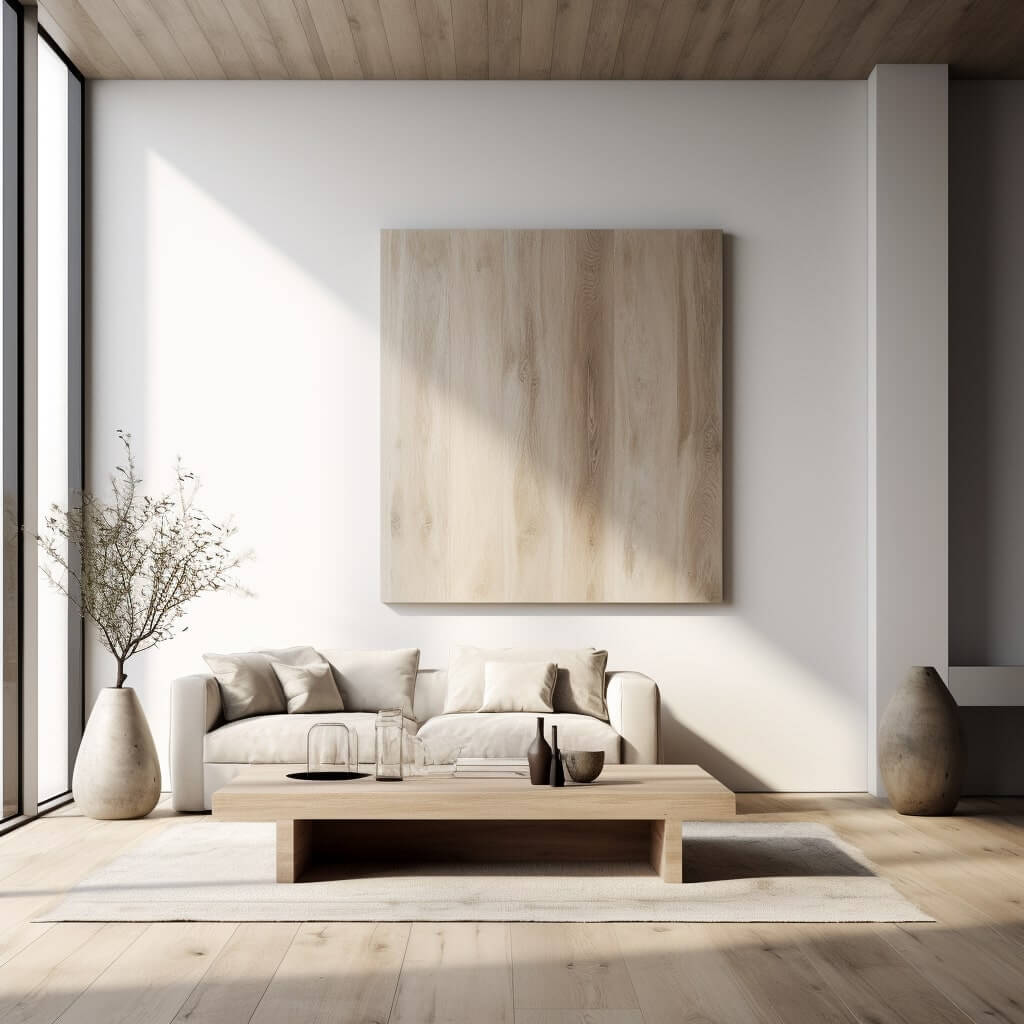

Impact Functionality
Beyond aesthetics, form impacts how well a space accommodates its intended uses. Consider ergonomics and spatial requirements.
Provide Spatial Definition
Forms give a space structure and boundaries. Creative forms like ceiling ridges, floor patterns, and wall contours further enhance the architecture.
Examples
- A elongated dining table promotes convivial gatherings
- Circular booth seating creates intimate spaces for small groups
- Bookshelves dividing a lounge zone from work areas
- Light fixtures aligned to direct foot traffic to a reception desk
Thoughtful form selection and composition creates holistic interior designs aligned to client goals.
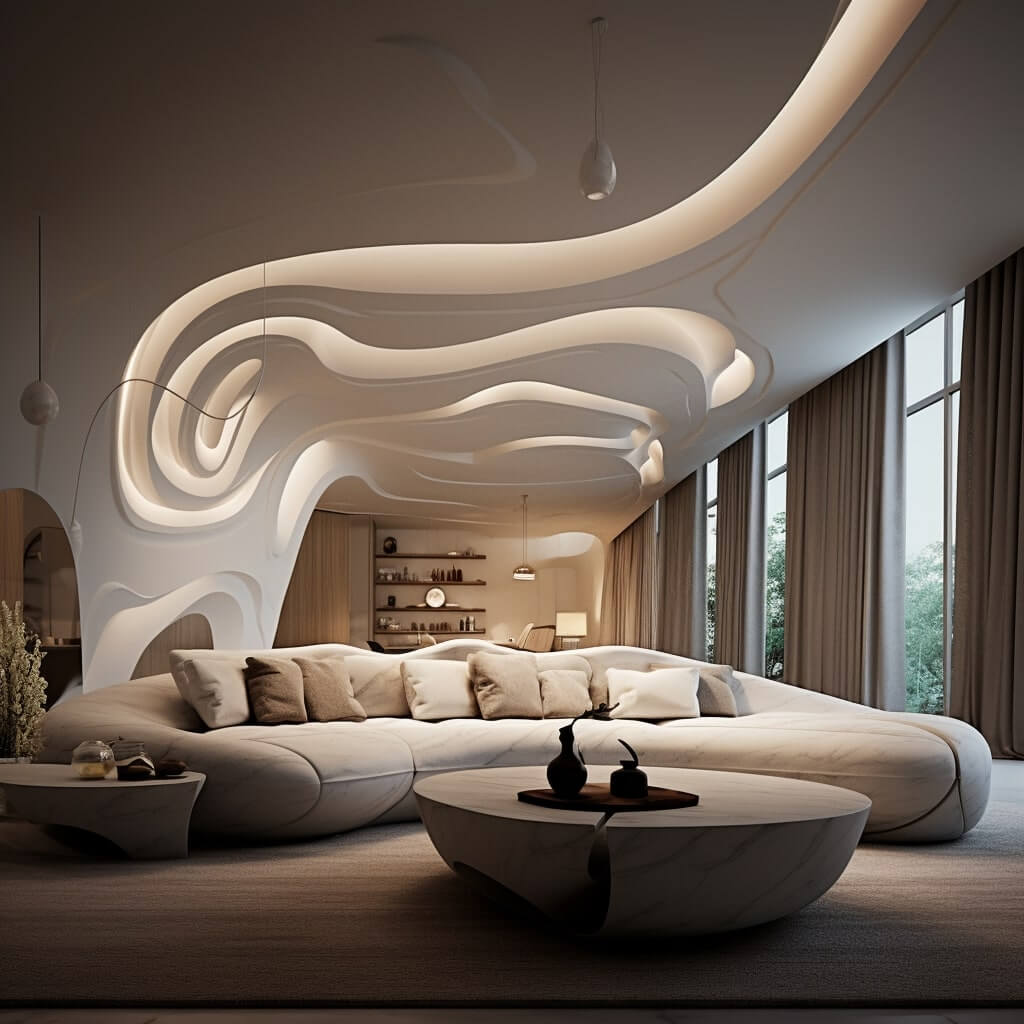

Tips for Working with Form in Interior Design
When tackling an interior design project, keep these tips in mind for strategically incorporating form:
Consider Form Early On
Make form a priority from the beginning stages of design. How forms relate to each other lays the foundation for the concept.
Use Forms to Establish Focal Points
Leverage unique, eye-catching forms to create strategic areas of emphasis that align with client goals.
Reinforce Unity Through Recurring Forms
Repeating particular forms and thematic geometry builds cohesion between disparate design elements.
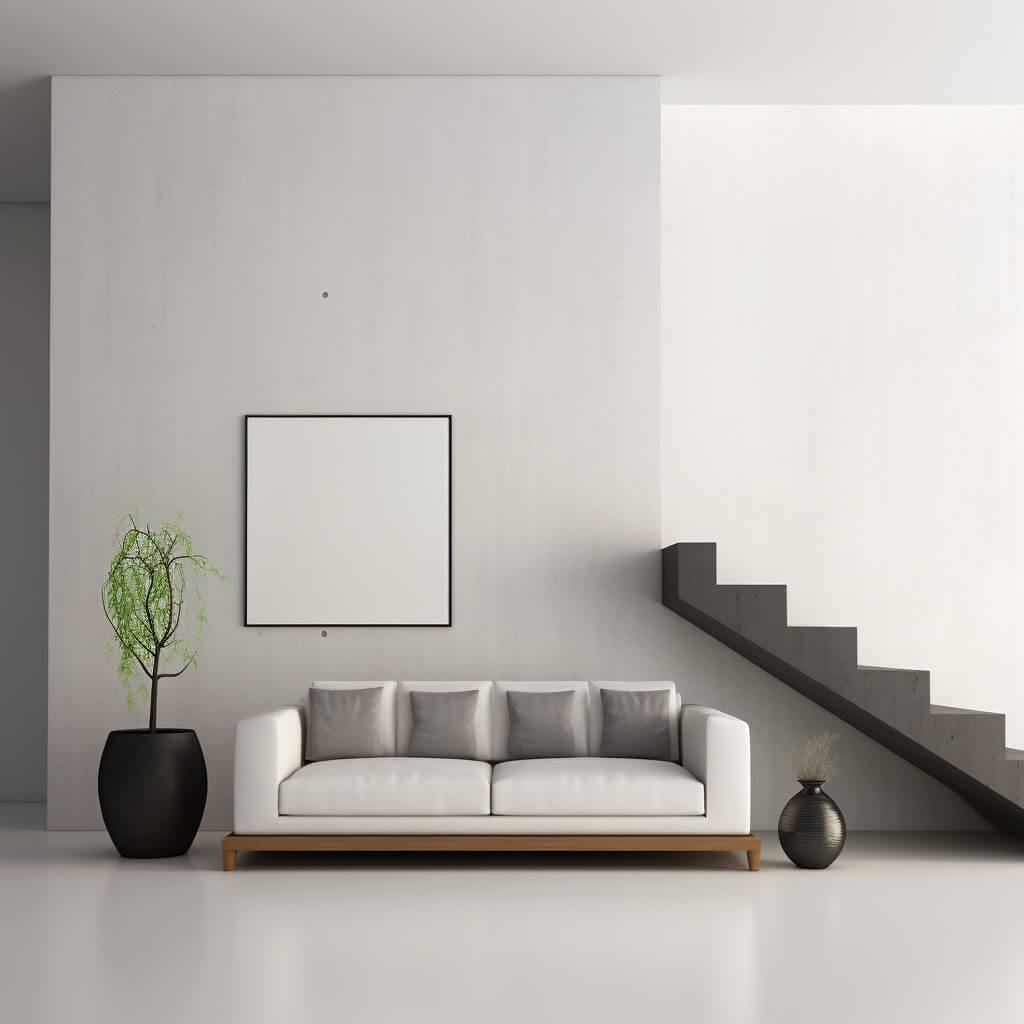

Allow Forms to Reflect Brand Identity
Make deliberate choices about forms that communicate a client’s brand persona, values, and messaging.
Use Forms to Zone Spaces
Arrange forms to carve out specific functional zones within an open floor plan.
Leverage Forms to Delineate Functions
Use changes in form to transition between zones and demarcate how spaces are meant to be used.
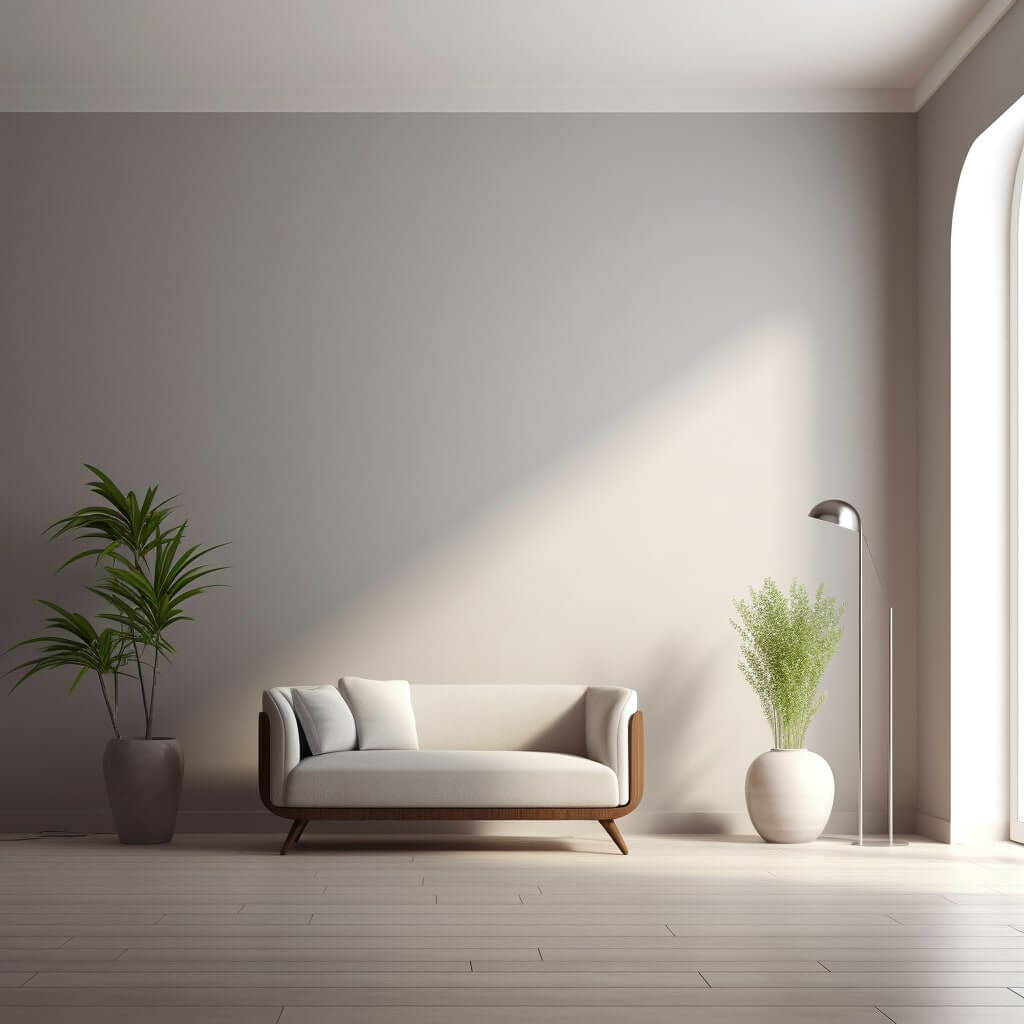

Consider User Experience
Evaluate how forms dictate traffic flow, conversation, work modes, and other user activities.
Relate Forms to Adjacent Architecture
Have interior forms complement or contrast the existing building structure as desired.
Reinforce Themes
Identify a concept or motif to inform form choices across all elements and aesthetics.
With a thoughtful approach, form enables interior designers to craft compelling, functional spaces that tell a story and transport occupants.
Form may begin as an abstract concept, but materializes through the careful selection and arrangement of every design component. From lighting fixtures to furniture silhouettes, form considerations influence each decision in an interior design process.
Mastering form allows designers to shape interior spaces into tactile, visual embodiments of a client’s unique brand identity and functional needs. The next time you enter a thoughtfully designed space, take a moment to analyze the forms at play.
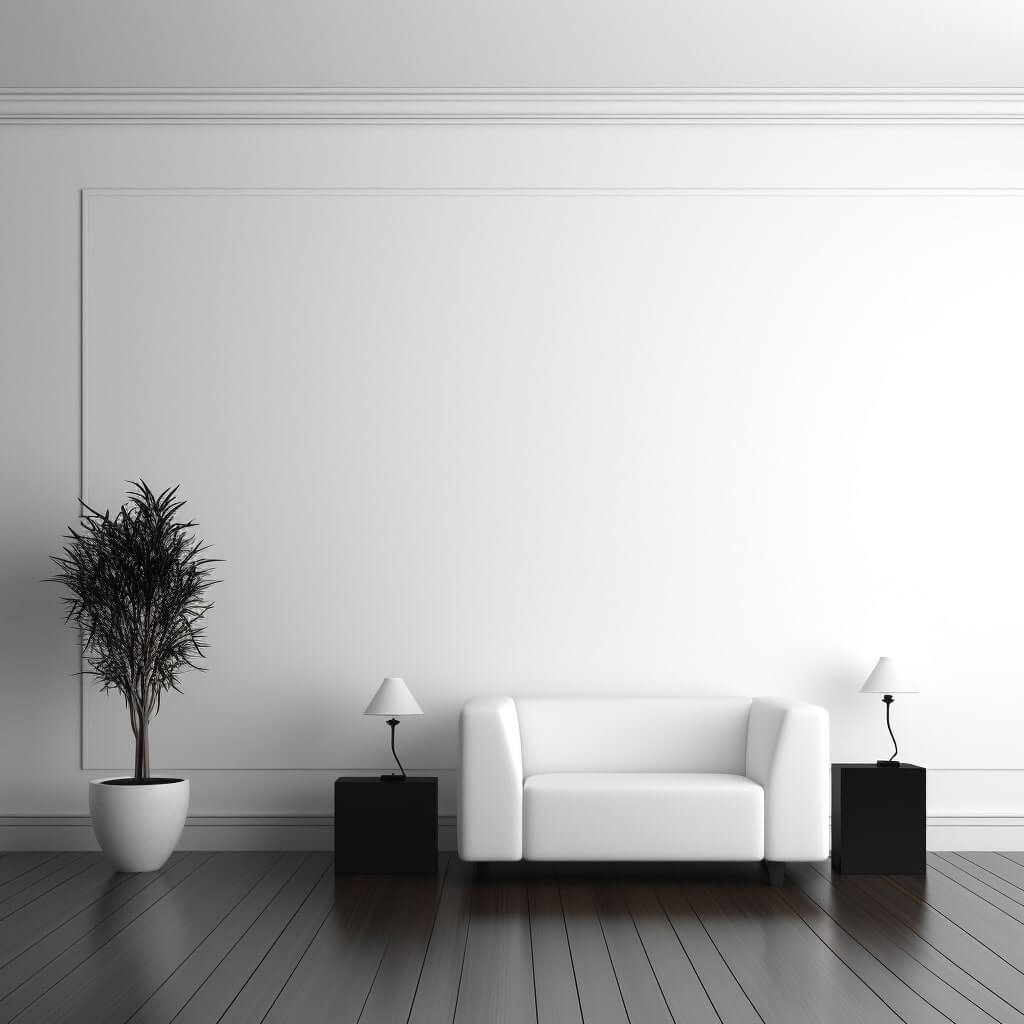

Form in Modern Design Styles
- Japanese Design: The form in Japanese design is heavily influenced by Zen philosophies, focusing on simplicity, minimalism, and functionality.
The spaces are often open and fluid, making ample use of natural materials like wood, bamboo, and paper. Furniture pieces are usually low to the ground, conforming to the form of the human body and promoting comfort.
The design emphasizes harmony with nature, often incorporating elements like plants, natural light, and water features. - Scandinavian Design: Scandinavian design takes a similar approach to form, also prioritizing minimalism and functionality.
However, it tends to use a lighter color palette and emphasizes the use of space to create an airy, cozy, and livable environment. Furniture is typically clean-lined and simple, with a focus on practicality and comfort over ornamentation.
Natural materials like wood and wool are common, often juxtaposed against modern materials such as plastic and steel. - Japandi Design: Japandi design is a blend of Japanese and Scandinavian design principles.
The form in Japandi design thus takes the best elements from both – the warmth, minimalism, and functionality of Scandinavian design with the precision, modern aesthetics, and love for nature found in Japanese design.
The result is a design style that balances the sleek lines and simplicity of Scandinavian design with the tranquil, nature-oriented aspects of Japanese design. Spaces are uncluttered, filled with natural light, and beautifully blend indoor and outdoor living.
The furniture pieces, often crafted from warm woods, have a functional yet stylish form that follows the principles of both design styles.
Related: Checkout millwork in interior design for truly unique, customized and beautiful wood pieces.
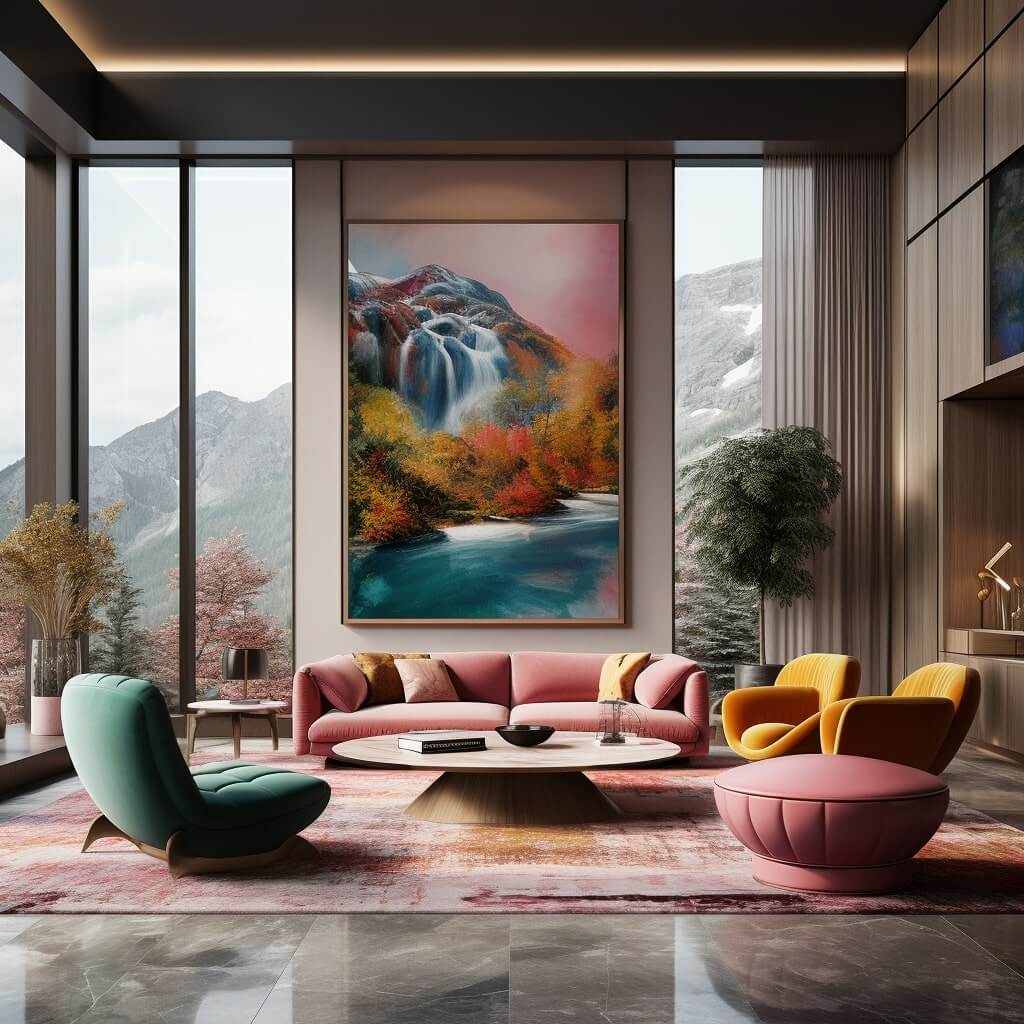

FAQs
What is form in interior design?
Form refers to the physical shape, structure, and contours of objects like furniture, lighting, partitions, etc. within a space.
Why is form important in interior design?
Form impacts aesthetics, spatial relationships, functionality, mood, traffic flow, and more, so manipulating form intentionally creates cohesive spaces.
What are the principles of form?
Principles like unity, balance, emphasis, rhythm, and proportion guide form decisions to create harmony in a design.
What are the elements of form?
Elements like line, shape, volume, texture, and color are manipulated to create desired forms in a space.
How can form impact interior design?
Strategic use of form makes spaces visually appealing, functionally optimized, conducive to client goals, and provides architectural interest.
What is form and function in interior design?
Form refers to the physical shape and structure while function denotes the uses, activities, and goals a space accommodates.
What is form vs shape in interior design?
Form encompasses overall structure and volume while shape refers specifically to the 2D outline or silhouette of an object.
What is the form of a room?
The form of a room includes shapes like square, circular, irregular, as well as wall contours, platform levels, built-in furnishings, and more.
What are the benefits of form in interior design?
Thoughtful use of form creates appealing, functional spaces that enhance mood, reflect branding, optimize user experience, and provide architectural interest.







